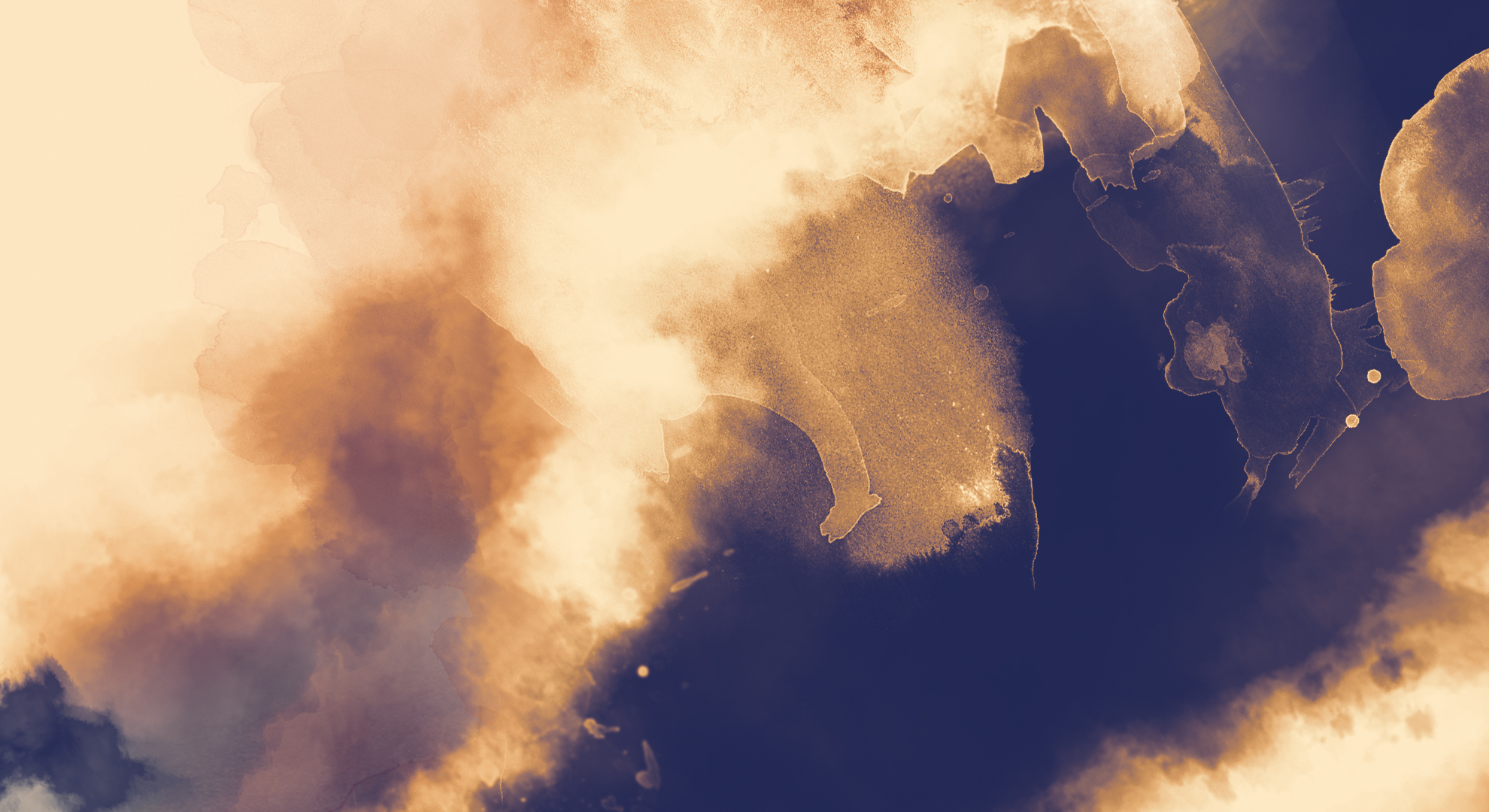From the Blog
I recently wrote a piece for the Center for the Future of Museums Blog: Painting in Blue
Western art is replete with images of the sublime and inspirational, but it also includes myriad pieces that depict violence, racial injustice, and pain, forcing viewers to confront what makes us uncomfortable, what we don’t like, and often, what we don’t understand.
To gather data successfully from what we observe, we cannot assume anything—including who someone is—based on a feeling, a look, or what we might have experienced in the past.
Our perpetual, byte-sized interactions are not only a detriment to our concentration, focus, productivity, and personal safety, but they’re also hurting our intelligence.
Reactions to an impromptu installation prompted reactions on social media, causing the hackneyed debate about what, exactly, constitutes a work of art.
Can art save lives? Not exactly, but our most prized professionals (doctors, nurses, police officers) can learn real world skills through art analysis. Studying art like René Magritte's Time Transfixed can enhance communication and analytical skills, with an emphasis on both the seen and unseen. Amy E. Herman explains why art historical training can prepare you for real world investigation.





_-_Google_Art_Project_xgi3a846o37utyys5sfe6w.jpg)



I wrote about the value of looking closely at things that we don’t like or understand—a habit that many of us otherwise seek to avoid.